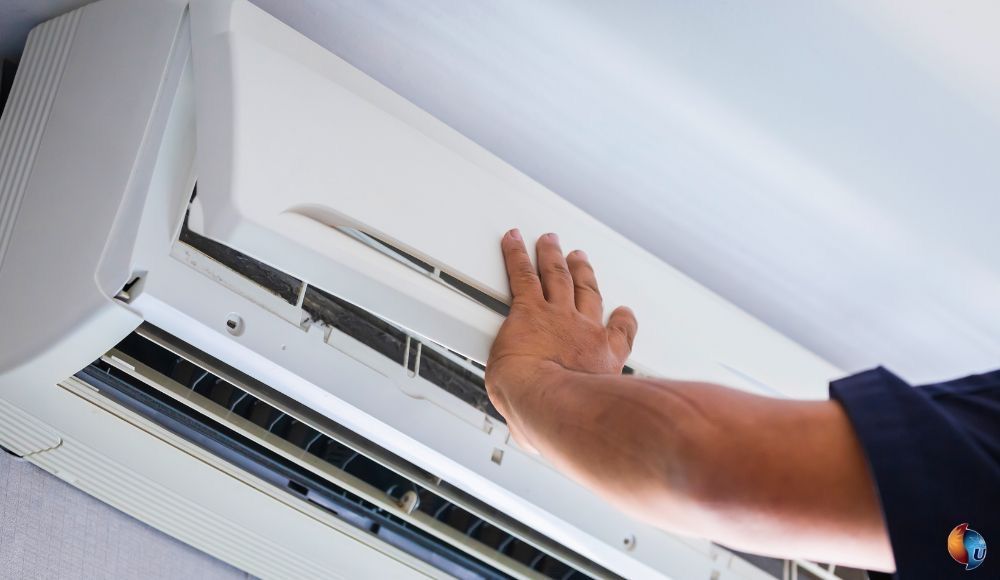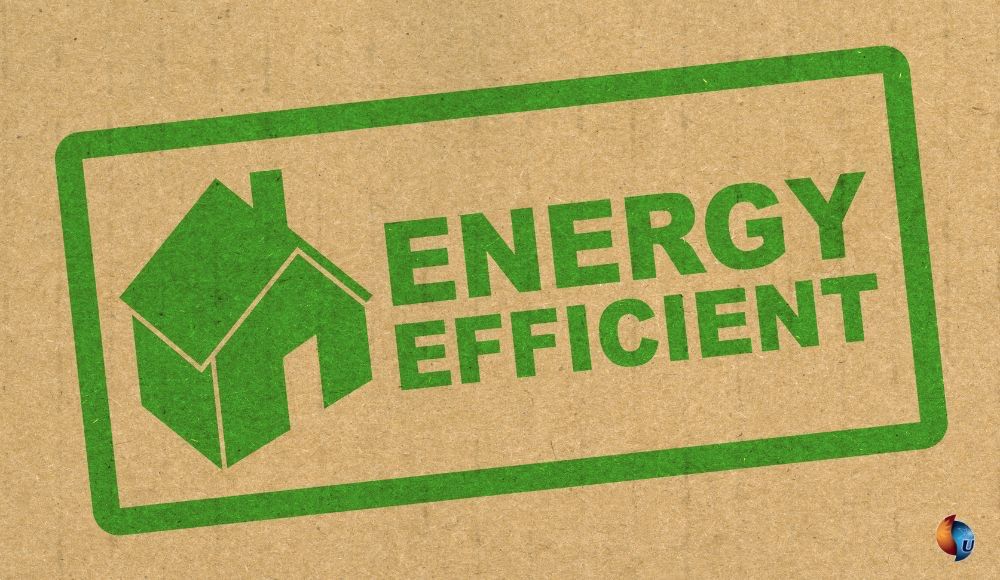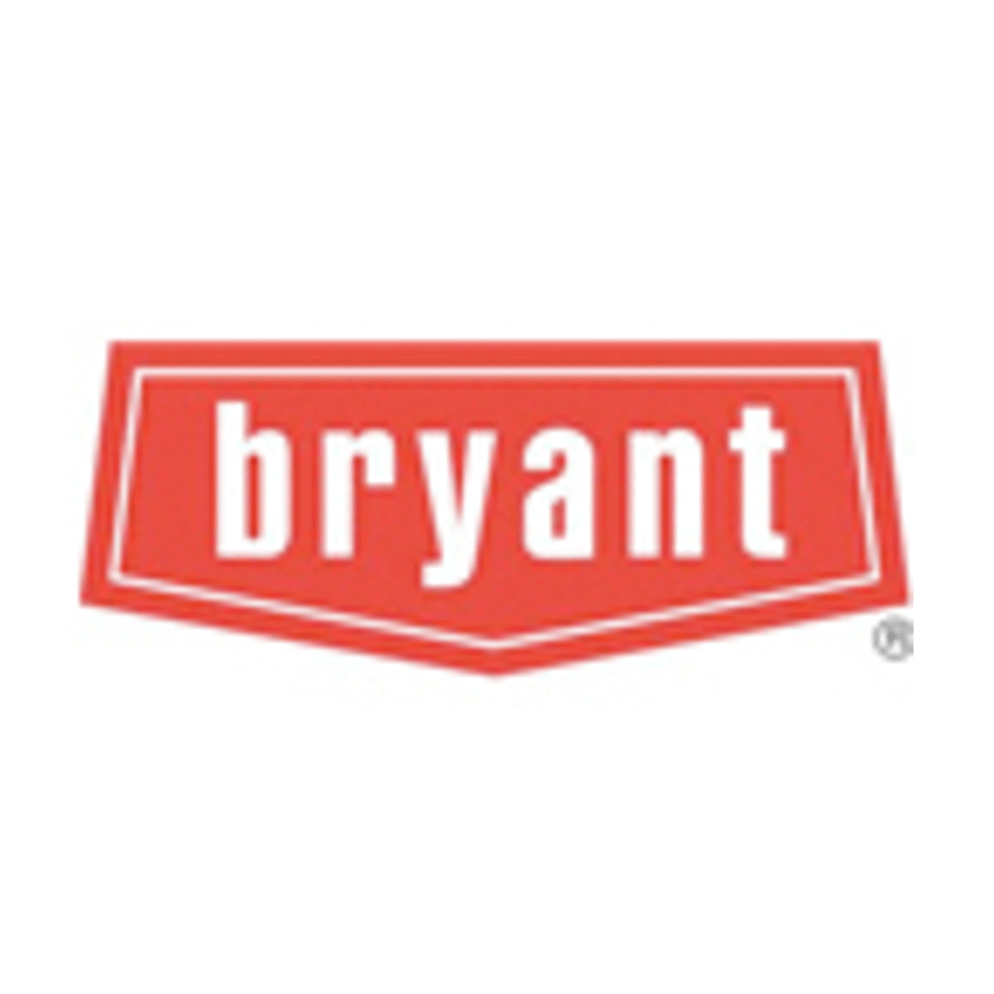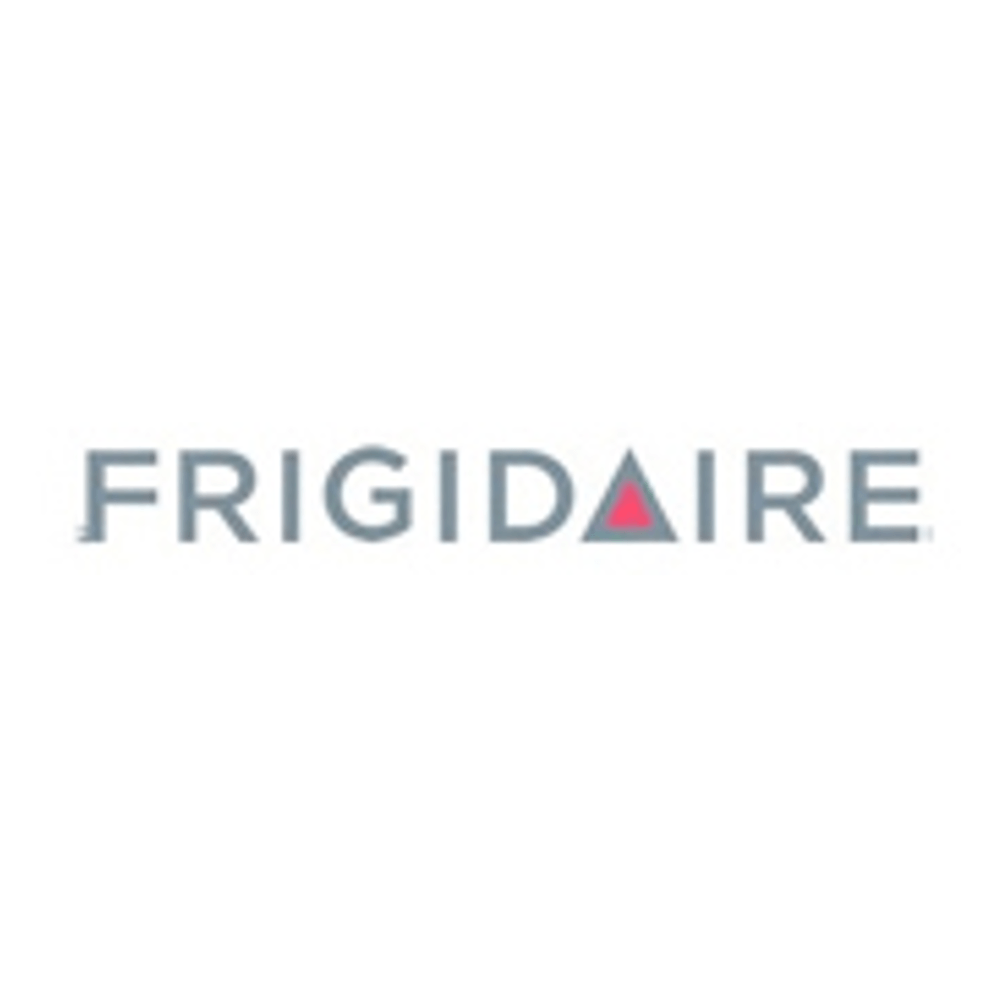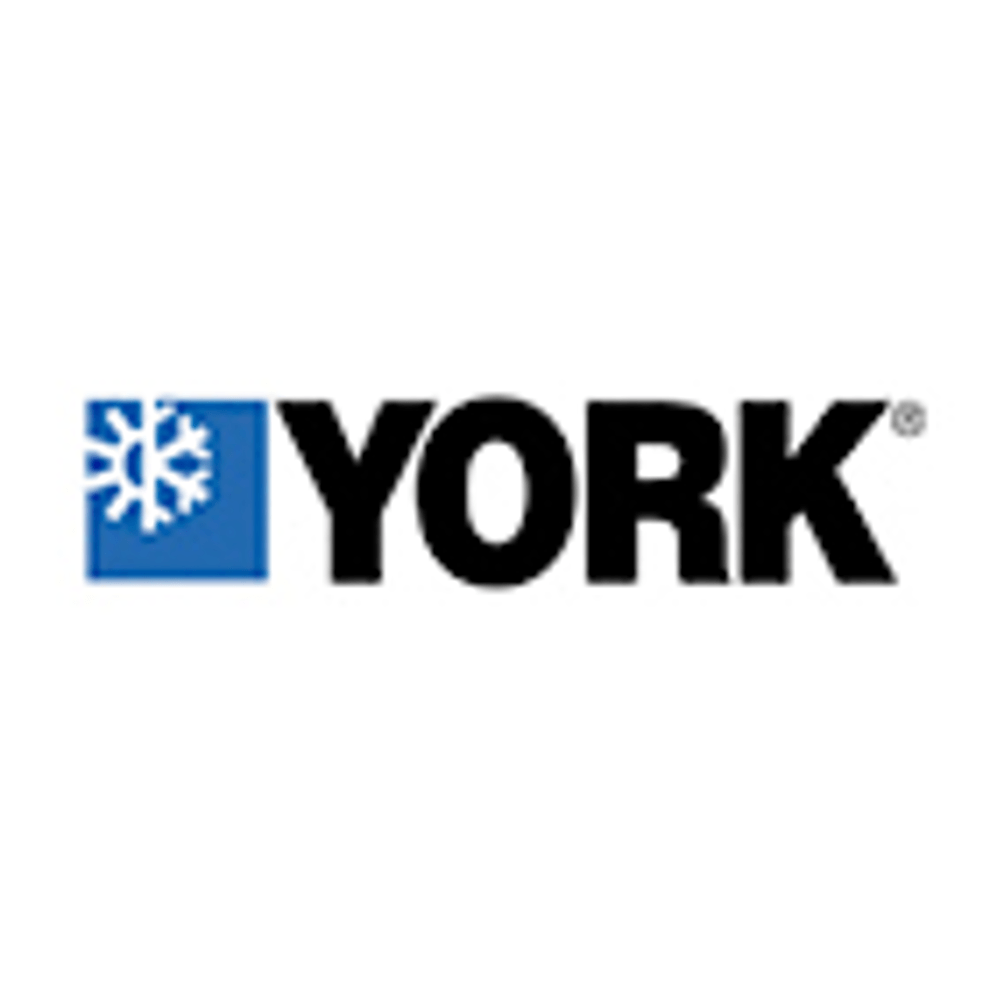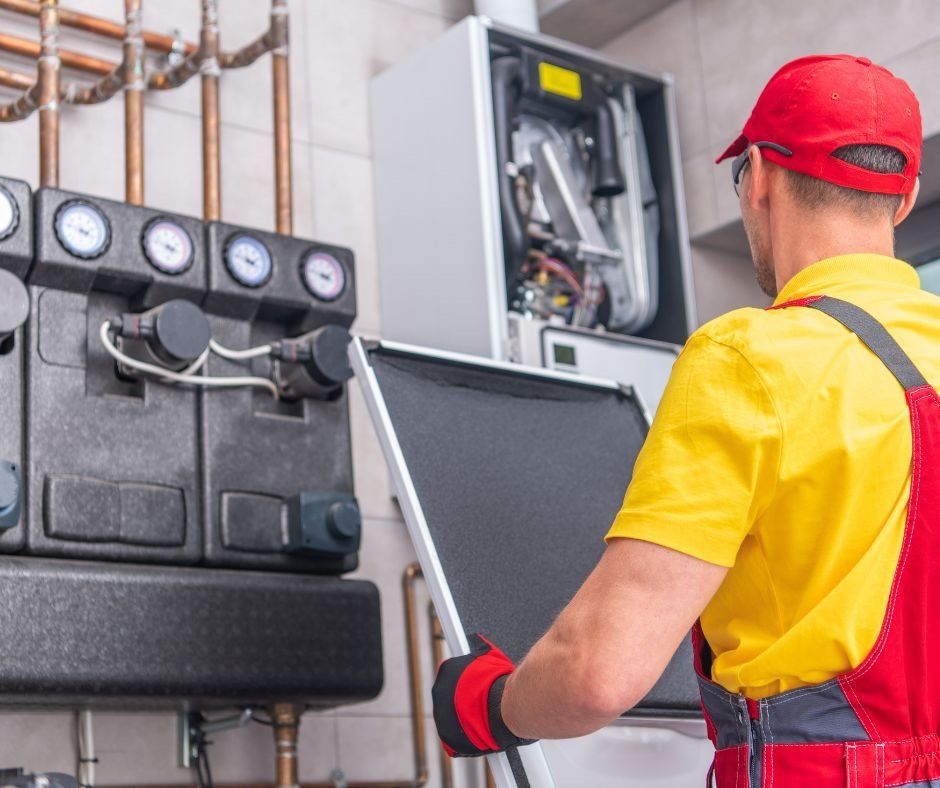18 Simple and Cheap Tips to Warm Your Home and Lower Heating Costs
As an HVAC service company, we're here to help you get the most out of your heating system and lower your heating bills. Check out our 18 simple tips to help make your home feel warmer and reduce your heating costs.
1. Clear Vents, Registers, and Radiators
Ensure you aren't limiting heat flow by blocking supply or return vents, registers, or radiators. Move furniture and other obstacles away.
2. Turn on Your Ceiling Fans
Ceiling fans aren't just for summer! Family Handyman explains, "Because warm air rises, the air near the ceiling can be three to four degrees warmer than air near the floor. A ceiling fan that spins clockwise will draw cooler air up and force warmer air near the ceiling down and out toward walls." NOTE: To avoid creating a cooling draft, keep the ceiling fan on the lowest speed, and remember, ceiling fans should spin counterclockwise to cool and clockwise to warm (most ceiling fans have a switch to change the direction).
3. Prevent Drafty Doors
The stack effect phenomenon occurs when outdoor temperatures are significantly colder than inside temperatures. The warmer (more buoyant) air inside presses upward and pulls the colder air from outside in. Sealing gaps around your door with draft excluders, door sweeps, foam tape, etc., can help minimize this effect.
4. Prevent Drafty Windows
Drafty windows can also cause the stack effect. You can minimize drafty windows by applying a film across the inside of your windows with a sheet of bubble wrap (the pockets of air become insulators) or using a window insulation kit. If you don't like the look, you can just apply it to windows in unused rooms.
5. Adjust Your Water Heater Temperature
Consider lowering the water heater temperature by 10 to 20 degrees. Most water heaters are set at 140 degrees F, but most households only require a temperature of 120 degrees F. Engergy.gov states, "Set too high, or at 140ºF, your water heater can waste anywhere from $36 to $61 annually in standby heat losses. Additional savings will be realized by the lower temperature for consumption (from water demand or use in your home, such as clothes washing, showers, and dishwashing). These may amount to more than $400."
6. Lower the Thermostat
You may want to grab a sweater and consider lowering the temperature on your thermostat. According to Energy Saver, "You can save as much as 10% a year on heating and cooling by simply turning your thermostat back 7-10 degrees F for eight hours a day from its normal setting."
7. Think About Your Fireplace
A fireplace in your home can be a warm and cozy addition; however, according to the EPA, "Generally, a wood-burning fireplace is a very inefficient way to heat your home. Fireplace drafts can pull the warm air up the chimney, causing other rooms to be cooler. If you use central heat while burning in a fireplace, your heater will work harder to maintain constant temperatures throughout the house."
Fortunately, there are things you can do to help make fireplaces more efficient.
· Limit how often you use it
· Keep the damper closed when not in use
· Install a set of glass fireplace doors and keep them closed when not in use
· Install a fireplace plug (a.k.a. flue blockers, chimney pillows, draft stoppers)
8. Use Rugs
Rugs don't just warm up a room aesthetically; they can also help keep your feet warm on hardwood or tile flooring.
9. Adjust Dampers
Some ductwork has dampers that can be opened or closed with a switch, affecting airflow. You can close those dampers in infrequently used rooms to lower energy costs.
10. Grab the Aluminum Foil
If your heating system has radiators on external walls, attaching aluminum foil behind the radiator can help reflect heat into the room and prevent it from disappearing through the wall.
11. Check out the U.S. Department of Energy's Website
The U.S. Department of Energy's website offers many energy-saving tips for your home.
12. Use a Hot Water Bottle
Fill a hot water bottle with hot water and put it under the covers at the foot of your bed to create a warm and cozy bed. This may sound silly, but if it was good enough for our forefathers who lived in cold, drafty homes with no central heating, why not give it a try?
13. Install Duct-Booster Fans
Duct booster fans can be used with forced-air heat to increase the flow of warm air to specific rooms.
14. Make the Most of Your Hot Showers
If practical, leave the bathroom door open when you take hot showers to allow the hot steam to travel through the house. This also helps combat dry winter air, which can cause respiratory problems.
15. Look for Little Drafts
Experts talk a lot about losing heat through windows and doors but don't forget to look for little drafts, too, such as doggy doors and mail slots, which can allow cold air in and warm air out. Consider plugging up those openings with a blanket or towel when it gets frigid outside.
16. Boil Water
Boiling water in a pot or a tea kettle can help warm your kitchen and combat dry winter air. And if you're boiling water anyway, why not try a simmer pot to help make your home smell good?
17. Change Your Furnace Filter
One of the most effective ways to ensure a warm home is to regularly replace furnace filters (which trap airborne contaminants) to ensure proper airflow and energy efficiency. Generally, a filter should be replaced every 90 days, but it depends on the filter thickness, the size of your home, if you have pets, if you suffer from allergies, and the air quality where you live.
18. Upgrade Your Heating System
This tip may not fall under the "cheap" category, but you will be amazed by how much upgrading to a high-efficiency heating system can warm your home and lower your annual heating costs. As heating systems get older, they become less efficient, so if your system is more than 15 years old, it might be time to upgrade to a high-efficiency heating system.
GET A FREE COMFORT ANALYSIS!
For a free comfort analysis, give Ultimate Comfort Heating & Cooling a call today at 610-750-8314 or connect with us online.

